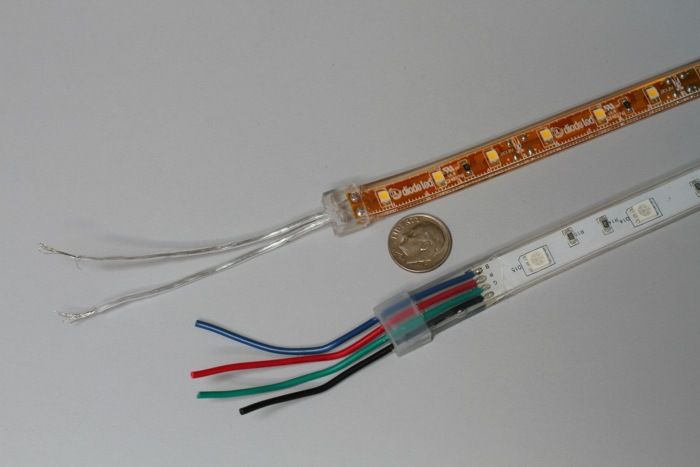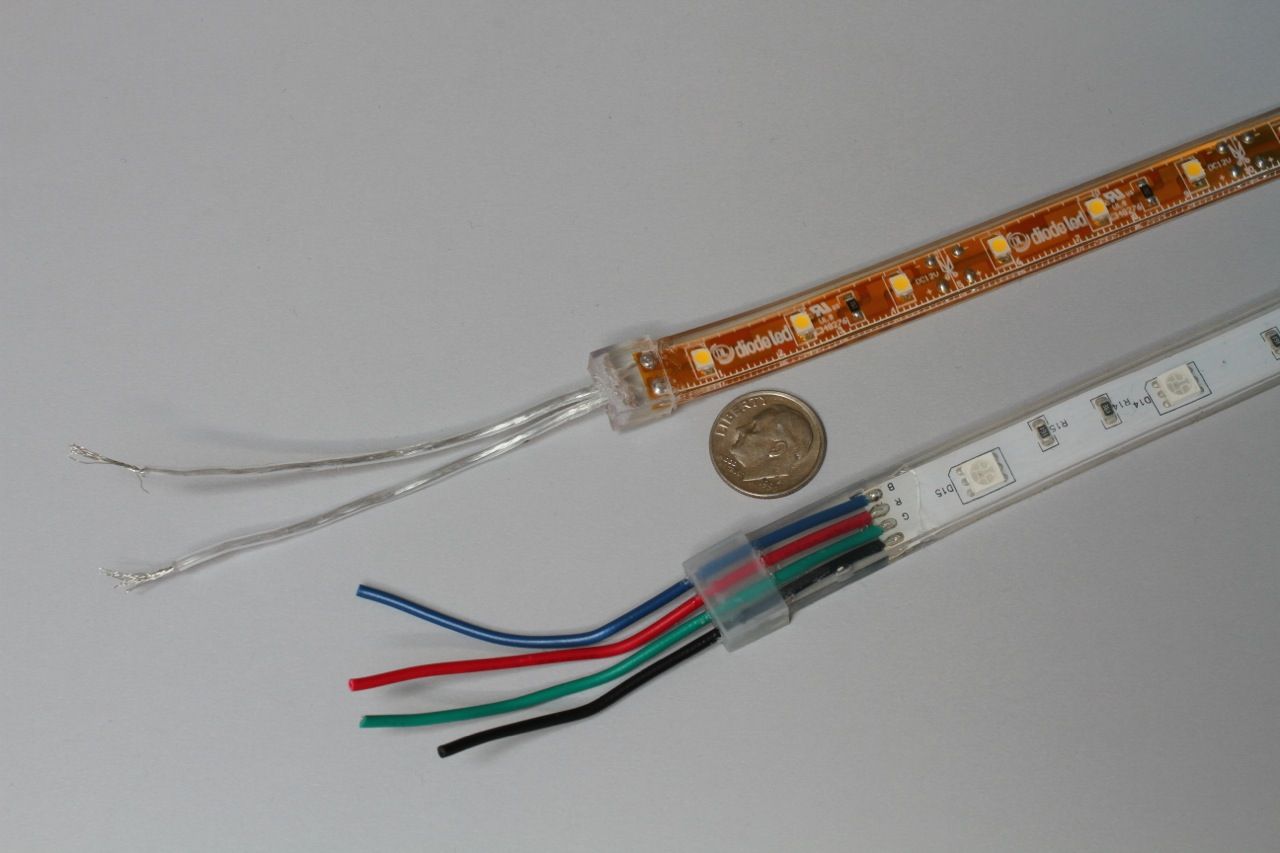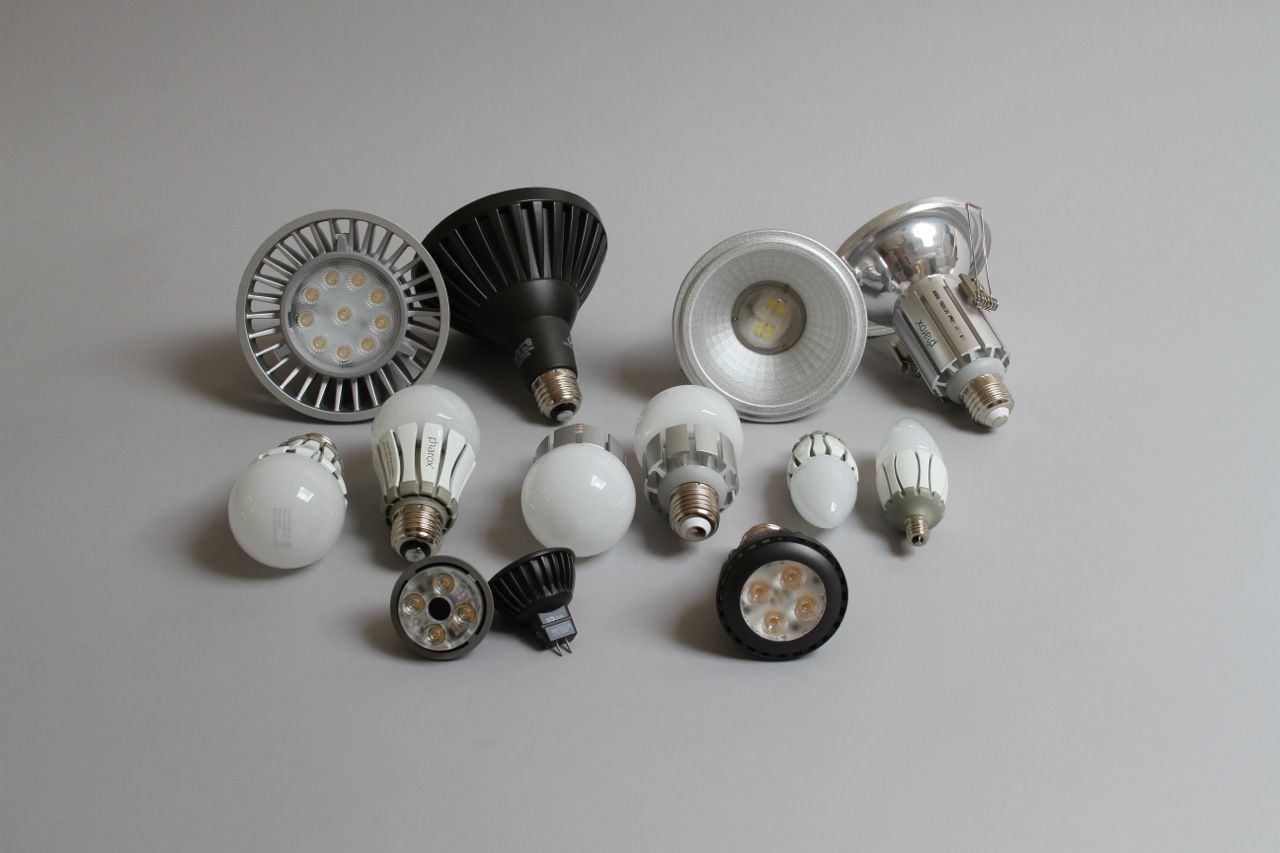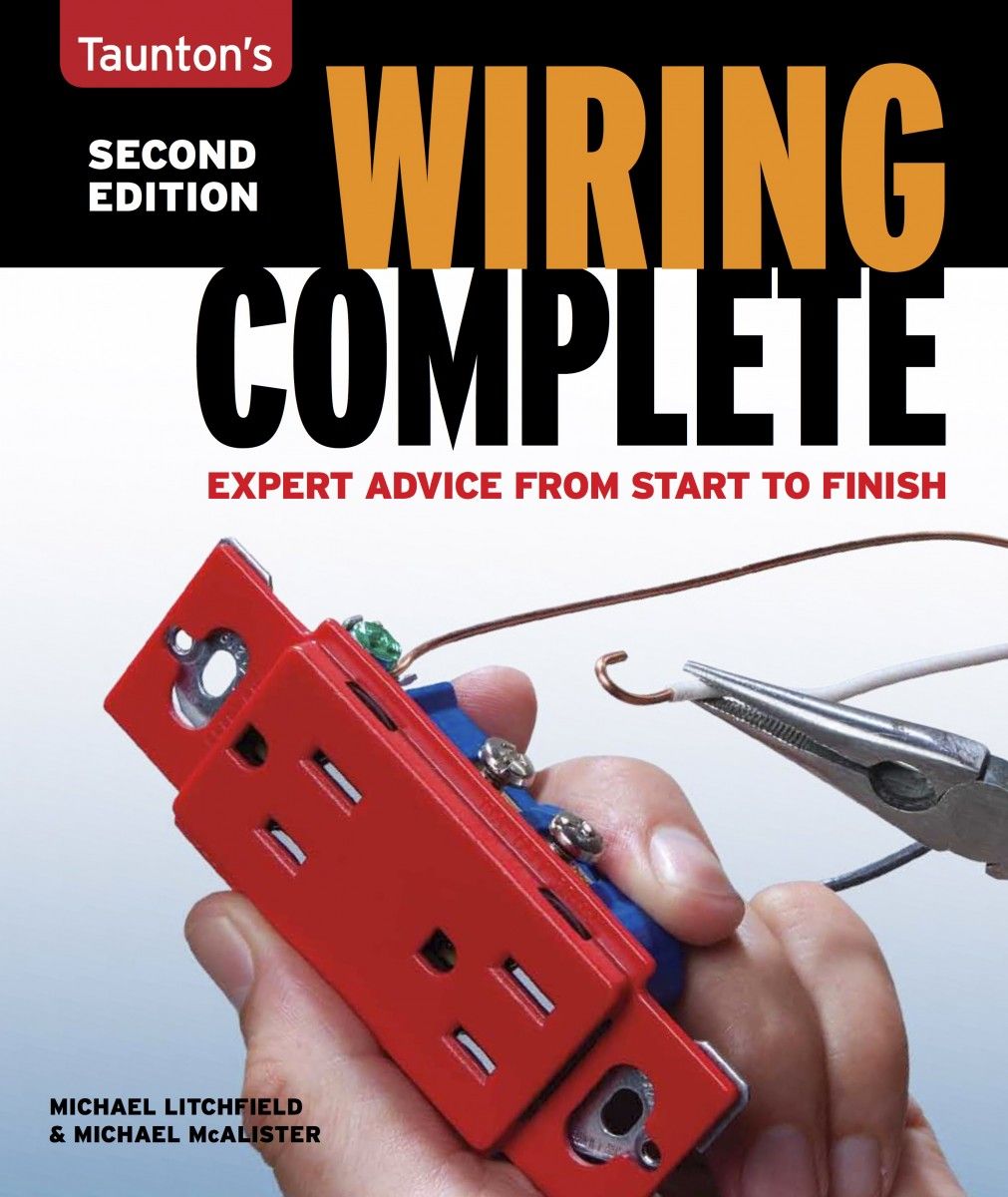Shedding Light on LEDs: Why They’ll Own the Future

LEDs (light-emitting diodes) are specialized semi-conductors (about 1 mm square) whose convex covers focus the light they emit. LED’s have been around for years, but they were colored (red, green, blue) and not practical for general lighting use. In time, LED-makers figured out how to produce a warm white light from those colors (phosphorous coating is one way) and to create bulbs with enough output to satisfy almost any lighting requirement.
Individual LEDs are cool to the touch, but as manufacturers boosted LED output, they also increased heat. Consequently, most white-light LED bulbs have heat sinks, aluminum fins near their base, which dissipate excess heat and prolong bulb life. How long an LED bulb lasts depends on many factors–especially the quality of the bulb-but 25,000 to 50,000 hours is fairly common. (Based on average bulb use, that’s 20 to 40 years.)
Today’s LEDs are pricey: A 23W Phillips LED bulb that is the equivalent of a 100W incandescent costs $40 to $50. A screw-in LED replacement kit for a recessed can light is about $125. (I’ll cover LED conversion kits next week.) Certainly, an LED’s longevity will offset its purchase price. But the real story is LEDs’ meager power consumption–a fraction of incandescents’–and industry experts predict that LEDs will soon be more energy efficient than CFLs. Plus, LED prices will probably plummet as manufacturing efficiencies increase.
Throwing a highly focused beam, LEDs are superb for task and accent lighting. Even more intriguing, they are so small that they can be incorporated into light sources of almost any shape. As the array of LED bulbs shows, they are already available as replacement bulbs for many common screw-in and bi-pin lamps. And LED strips are naturals for under-cabinet or under-deck-railing applications. Outdoor apps will be big, too: Solid-state LEDs are impervious to cold, vibration and, properly encased, weather.
Now available on Amazon!
This blog is adapted from Wiring Complete 2nd Edition, just released on Amazon.com and selling briskly. (It’s already a best seller on the Taunton Store.) Wiring Complete 2 has 800 photos, 50 detailed schematics, and covers installing advanced components such as wireless switches, LED conversion kits, and whole-house systems. Click here for a complete Table of Contents. Co-author Michael McAlister is a licensed electrician, C-10 Electrical Contractor, and B General Building Contractor in California.
Wiring Complete 2 is in the same vein as Renovation 4th Edition, which contains thousands of field-tested tips and techniques from master builders across North America. R4‘s 614 pages include 250+ technical drawings and 1,000 photos selected from the 40,000 that I have taken over the years. I hope you find them helpful. – Mike
2013 Mike Litchfield
Fine Homebuilding Recommended Products
Fine Homebuilding receives a commission for items purchased through links on this site, including Amazon Associates and other affiliate advertising programs.

Not So Big House

Pretty Good House

Homebody: A Guide to Creating Spaces You Never Want to Leave




























